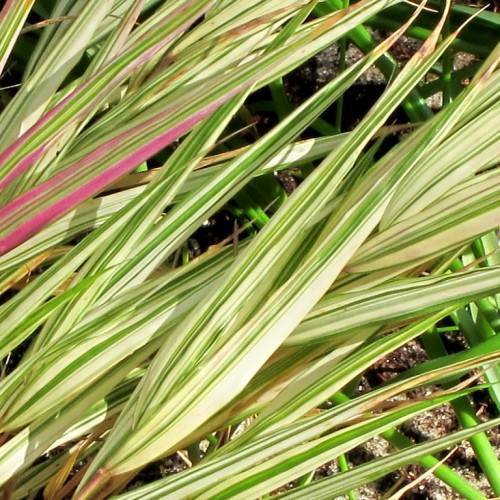
Japanese forest grass
Hakonechloa macra 'Fubuki'
Cycle:
Perennial
Watering:
Average
Hardiness Zone:
5 - 9
Flowers:
Flowers
Sun:
part shade
Leaf:
Yes
Growth Rate:
Low
Maintenance:
Low
Drought Tolerant:
Yes
Salt Tolerant:
Yes
Care Level:
Moderate
watering
In general, Japanese forest grass (Hakonechloa macra 'Fubuki') should be watered once or twice a week, depending on weather conditions. To give it the best care, water it deeply but not too frequently, thus allowing the soil to dry out between waterings. During the summer months, when the plant is actively growing, it may need additional waterings. If the soil is dry to a depth of at least 1 inch, it's time to give it some water. Japanese forest grass does best with an even moisture, so make sure not to water in excess. During the colder months, you can reduce the watering frequency.
sunlight
Japanese forest grass (Hakonechloa macra 'Fubuki') thrives best in bright, indirect sunlight and does not tolerate full sun. It should get 6-8 hours of sunlight or partial sun each day. When growing indoors, 1 should place it in a room that has a large window with access to bright, indirect light. This will ensure that it receives the right amount of sun exposure. When grown outdoors, it should be planted in a shaded spot or container garden in order to receive the best amount of sunlight.
pruning
Japanese forest grass (Hakonechloa macra 'Fubuki') should be lightly pruned in early spring to encourage new growth and maintain a neat, compact appearance. Remove dead foliage or shoots that are overgrown or not in line with the plant's desired shape. Prune after the first bloom cycle to keep the clump nicely mounded. This can be done by selective thinning of long, spindly shoots, or by cutting back dead or overgrown stems to the first node. Pruning is recommended for Japanese forest grass at least once each year, with additional pruning if needed throughout the growing season.
